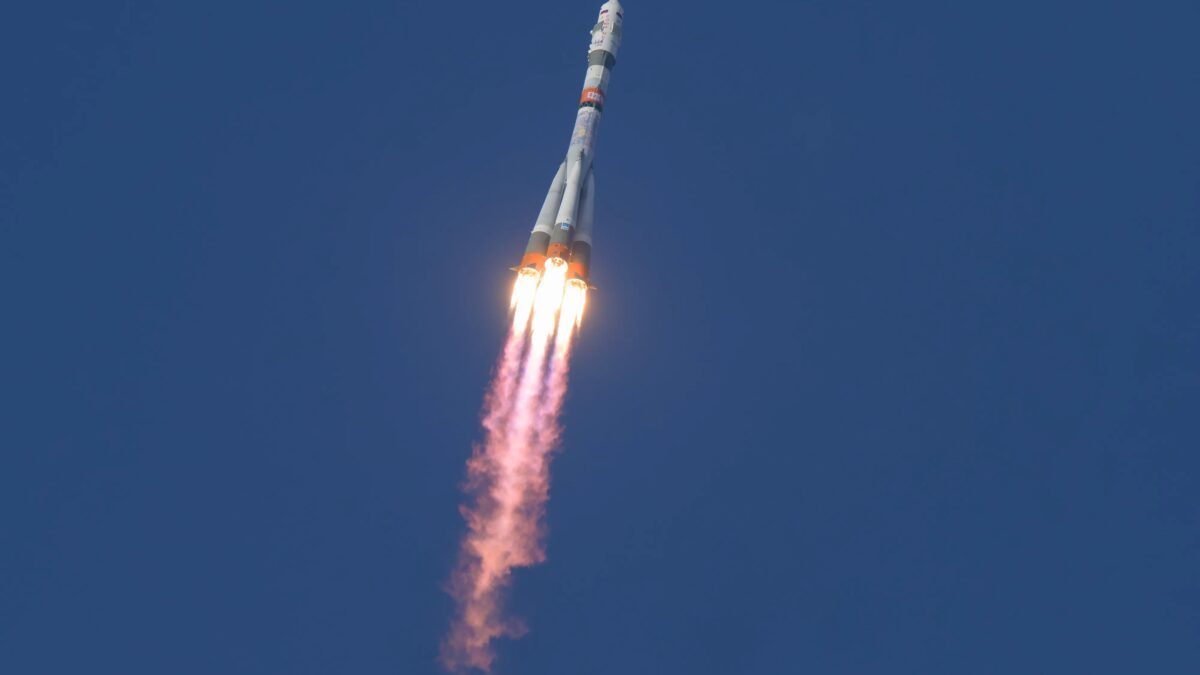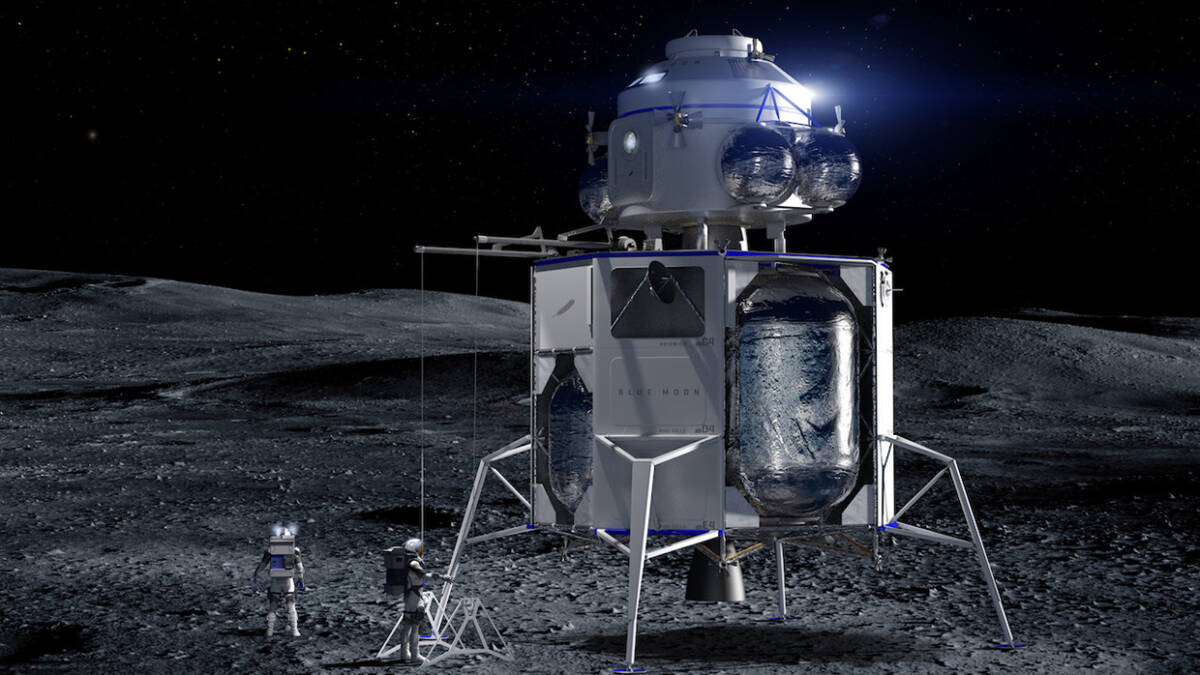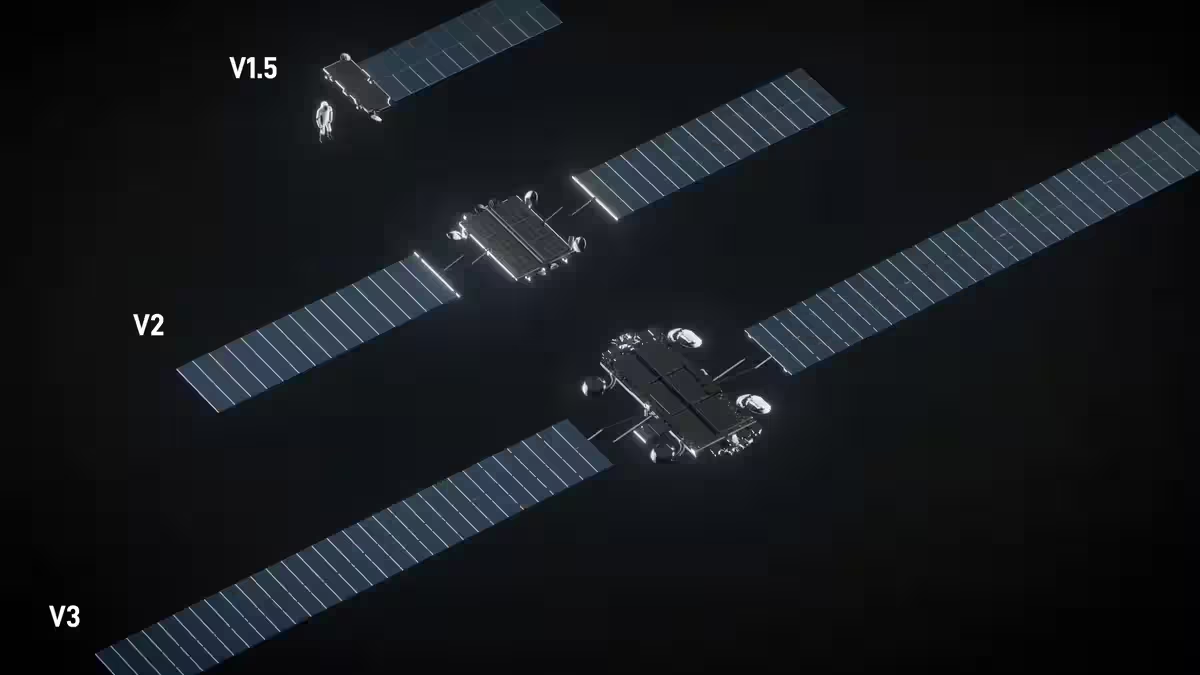The Euclid telescope has captured a perfect “Einstein ring”

A recent image of a perfect Einstein ring, captured by the European Space Agency’sEuclid European Space Agency telescope, opens new horizons in understanding dark matter and the structure of our universe.
A recent image of a perfect Einstein ring, captured by the European Space Agency’s Euclid telescope, opens new horizons in understanding dark matter and the structure of our universe.
For more than a century, astronomers have been searching for the perfect example of a phenomenon predicted by Albert Einstein. That phenomenon is the luminous halo, which occurs when light bends around a massive object. Now, thanks to the $1 billion Euclid telescope, scientists have found one of the clearest examples yet – a complete Einstein ring in the elliptical galaxy NGC 6505.
Scientists have found one of the clearest examples.
This striking photograph of the galaxy NGC 6505 offers astronomers a unique opportunity to explore the mysteries of dark matter, dark energy and the very fabric of the universe. Einstein’s ring, which is a nearly perfect circle of light around NGC 6505, arises from cosmic alignment. The distant galaxy, 4.42 billion light-years away, is located directly behind NGC 6505, which is 590 million light-years away from Earth. The gravity of the foreground galaxy bends the light from the background galaxy, creating a ring structure.
So the light from the foreground galaxy bends the light from the background galaxy, creating a ring structure.
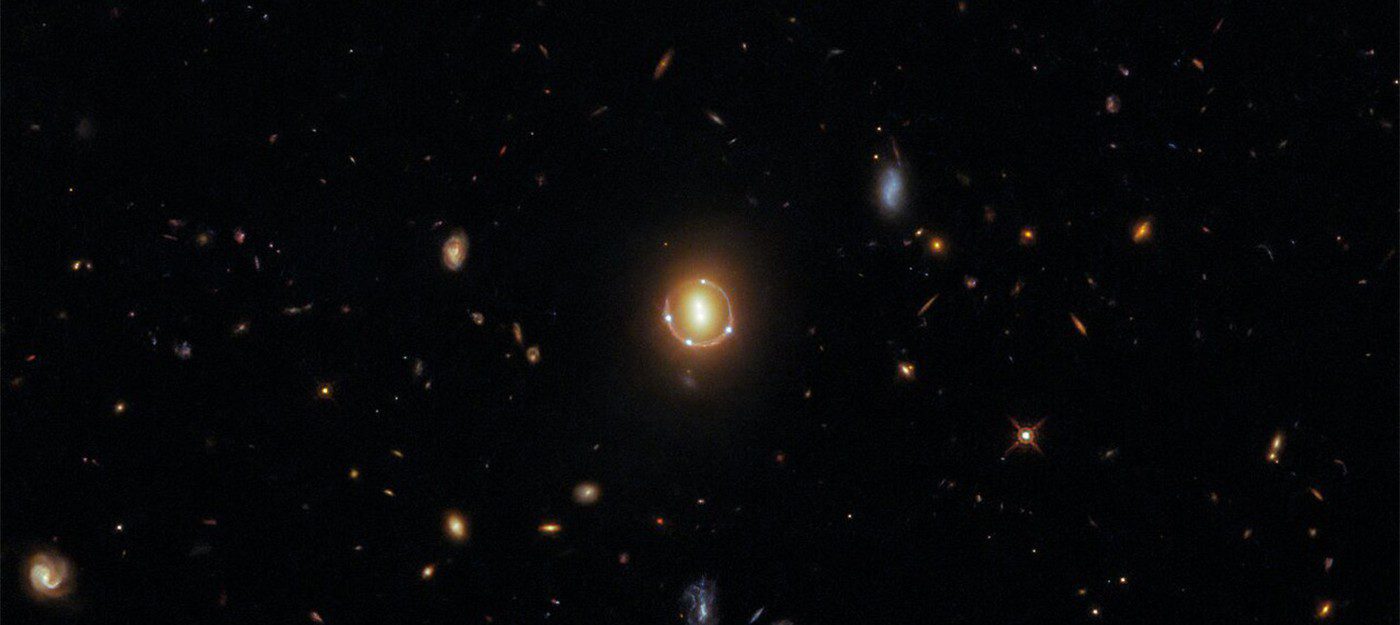
«This is a beautiful, unusual and lucky find that we first learned about. An Einstein ring so perfect in its shape is extremely rare»– noted Professor Stephen Sergent of the Open University
It is also surprising that the galaxy NGC 6505 has been known to astronomers since 1884, but Einstein’s ring has gone unnoticed until now. «This highlights how powerful an instrument the Euclid telescope is, finding new things even in places that seem well-studied,»” added Dr. Valeria Pettorino, a Euclid project scientist.
The Euclid telescope is a powerful tool, finding new things even in places that seem well-studied,” added Dr. Valeria Pettorino, a Euclid researcher.
The ring was first spotted by Bruno Altieri, an archivist at ESA, during early tests of the telescope’s instrumentation. «From the first observation, I saw it right away,»” he recalls. «After additional observations, we confirmed that it was a perfect Einstein ring. As someone with a lifelong interest in gravitational lensing, I was absolutely thrilled».
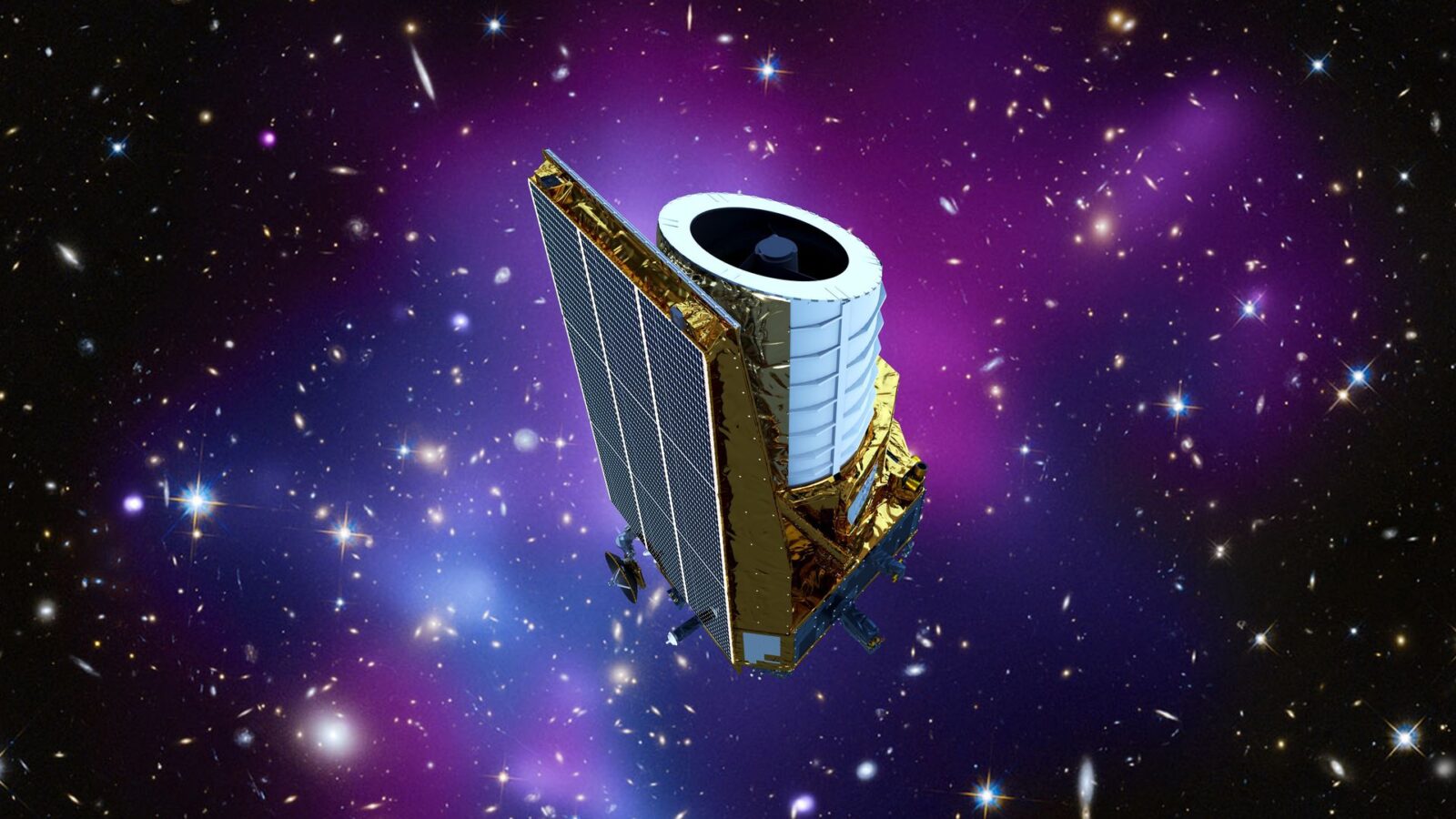
The Euclid telescope captures perfect “Einstein ring” was first published at ITZine.ru.

